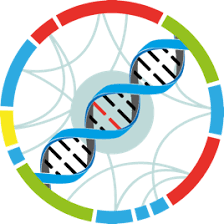Study : RNA-seq analysis of distal gene expression changes during nodulation
Identification
Name
RNA-seq analysis of distal gene expression changes during nodulation
Identifier
dXJuOkVWQS9zdHVkeS9QUkpOQTU3OTE2OQ==
Description
Legume plants form symbiotic relationships with diazotrophic bacteria called rhizobia. During such symbiosis, plants provide bacteria with preferred carbon sources such as malate and succinate in return for essential reduced nitrogen. Compatible interactions result in a series of plant root modifications that eventually result in nodule formation. Bacteria living in the nodule cells fix nitrogen via the nitrogenase enzyme complex. Interestingly, as in plant-pathogen interactions, incompatibility in legume-rhizobia associations is also regulated in a genotype-specific manner. For example, the dominant Rj2 gene is presumed to help exclude poor nitrogen-fixing or less-beneficial rhizobia such as B. japonicum USDA122 (U122). The process likely involves recognition of bacterial effectors by host receptor proteins similar to the perception of pathogenic microbes. Our results show that genetic exclusion of incompatible rhizobia in the root requires conserved molecular components of the plant immune response pathway and results in the induction of systemic signaling in the distal tissue. To better understand the mechanism underlying incompatible rhizobia-induced systemic signaling, we compared the transcriptional changes in the foliar tissue of Rj2 plants inoculated with compatible or incompatible rhizobia strains, using RNA-Seq analysis. Overall design: Overall, 1 control (mock), 2 treatments (treated with Incompatible Glycine max L76-1988 with Bradyrhizobium japonicum USDA122 and Glycine max L76-1988 with Sinorhizobium fredii USDA257), each with 3 replicates.
Genotype
| Accession number | Name | Taxon |
|---|
